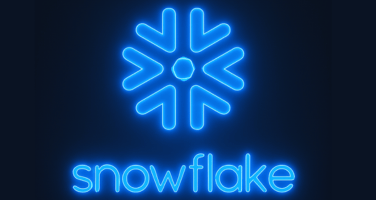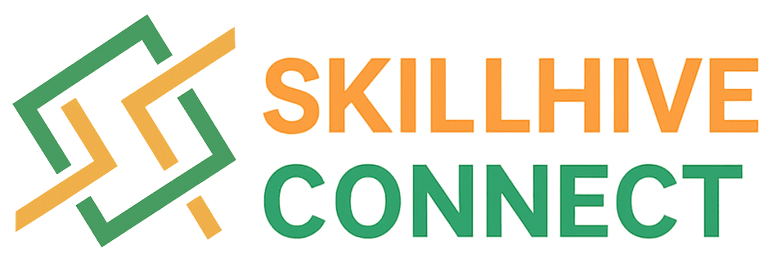❄️ Snowflake
Gain expertise in Snowflake cloud data platform for data warehousing, analytics, and business intelligence.
CLOUD DATA WHEREHOUSE


Comprehensive Snowflake Data Cloud Training
🕒 Course Duration: 50 Hours (Across 45 Days)
🎯 Target Audience:
Freshers
Data Engineers
Data Analysts
BI Developers
Cloud Engineers
Anyone interested in modern data warehousing
📘 Course Objectives:
Understand Snowflake architecture and its advantages
Learn scalable, cloud-native data warehousing techniques
Explore data loading, transformation, and querying workflows
Implement access control, security, and cost optimization
Work with semi-structured data, tasks, and automation
Integrate with tools like DBT, Python, Streamlit, and Snowpark
📚 Modules & Topics Covered
🔹 Module 1: Introduction to Snowflake
What is Snowflake?
Evolution of Cloud Data Warehousing
Snowflake vs Traditional DWH
Editions & Pricing Models
Supported Cloud Platforms (AWS, Azure, GCP)
🔹 Module 2: Snowflake Architecture
Cloud Services Layer
Virtual Warehouses
Storage Architecture
Shared Disk vs Shared Nothing
🔹 Module 3: Getting Started
Trial Account Setup
Snowflake UI, Snowsight, and Worksheets
User & Role Management
🔹 Module 4: Database Objects
Tables: Permanent, Transient, Temporary
Views: Standard, Secure, Materialized
Sequences, Stages, File Formats
🔹 Module 5: Data Loading & Unloading
Internal vs External Stages
File Formats: CSV, JSON, Parquet, etc.
COPY INTO, Snowpipe, and Unloading Data
🔹 Module 6: SQL & Querying
DDL, DML, TCL commands
Joins, CTEs, Subqueries
Time Travel and Fail-safe features
🔹 Module 7: Security & Access Control
Role-Based Access Control (RBAC)
Creating Users, Roles, Privileges
Network Policies, MFA, SSO
Masking & Row Access Policies
🔹 Module 8: Performance Optimization
Caching: Metadata, Results, Queries
Warehouse Sizing & Scaling
Query Profiling and Optimization
🔹 Module 9: Semi-Structured Data
JSON, Avro, ORC, XML
VARIANT, FLATTEN, Nested Queries
🔹 Module 10: Streams, Tasks, & Automation
Change Data Capture with Streams
Tasks for SQL Scheduling
Pipeline Automation
🔹 Module 11: Data Sharing & Marketplace
Secure Data Sharing
Provider/Consumer Models
Reader Accounts & Marketplace Usage
🔹 Module 12: Integrations & Ecosystem
BI Tools (Power BI, Tableau, Looker)
DBT, Snowpark (Python), Airflow, Kafka
Intro to Streamlit for Data Applications
🔹 Module 13: Streamlit Integration
Build interactive dashboards with Snowflake data
Authentication via Snowpark
Charts, filters, search, monitoring dashboards
Deploying Streamlit apps
🔹 Module 14: AI & ML with Snowflake Cortex
Snowflake Copilot, Cortex LLM Functions
Document AI, Search, Analyst
Fine-tuning & Insights generation
🔹 Module 15: Advanced Features
Materialized Views, External Tables
Search Optimization & Query Acceleration
🔹 Module 16: Monitoring & Cost Management
Resource Monitors, Usage Dashboard
Credit & Cost Optimization
🔹 Module 17: Hands-On Projects
ELT Pipeline Building
Real-time Ingestion (Snowpipe + Tasks)
Streamlit-based Analytics Dashboard
🔹 Module 18: AWS Integration
Amazon S3 Integration
External stages for loading/unloading
Snowpipe with IAM Roles
SQS/SNS configuration
📝 Assessment & Certification Guidance
Sample Exam Questions
Certification Pathway
Resume Tips for Snowflake Roles
Interview Preparation Support
✅ Outcome:
By the end of the training, participants will be able to build, optimize, and manage cloud-native data pipelines and analytics solutions using Snowflake — with strong readiness for job roles in modern data engineering, analytics, and cloud platforms.


